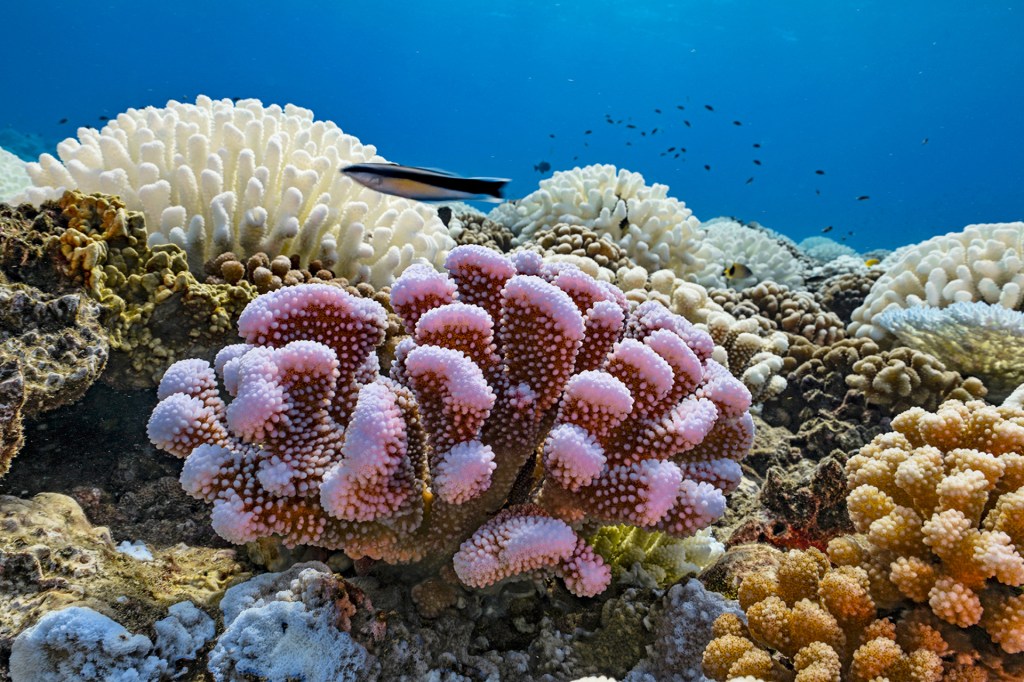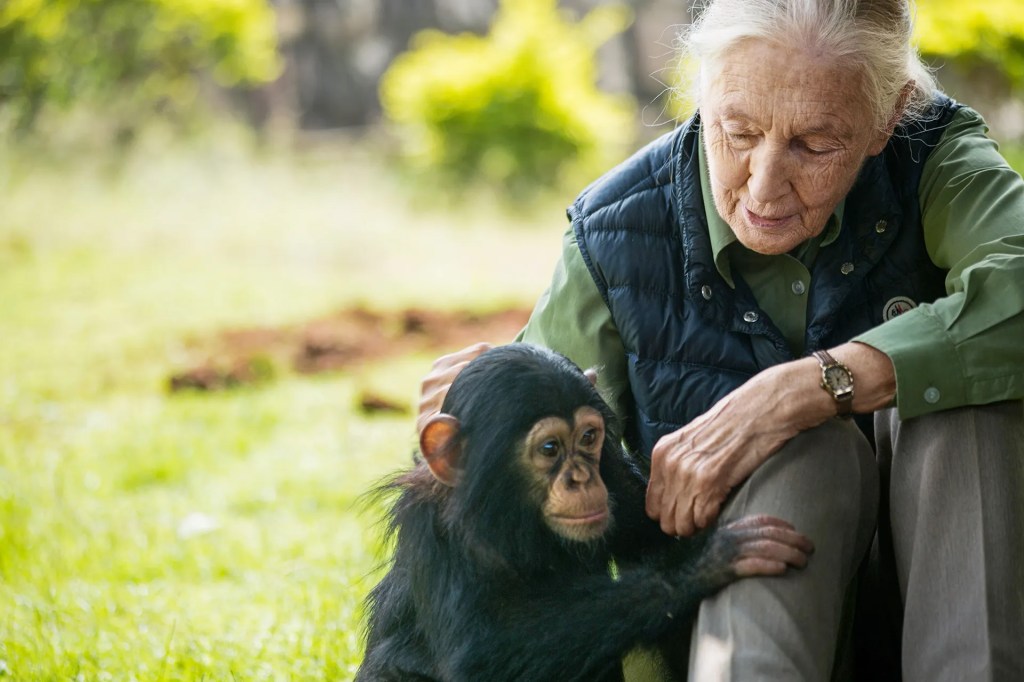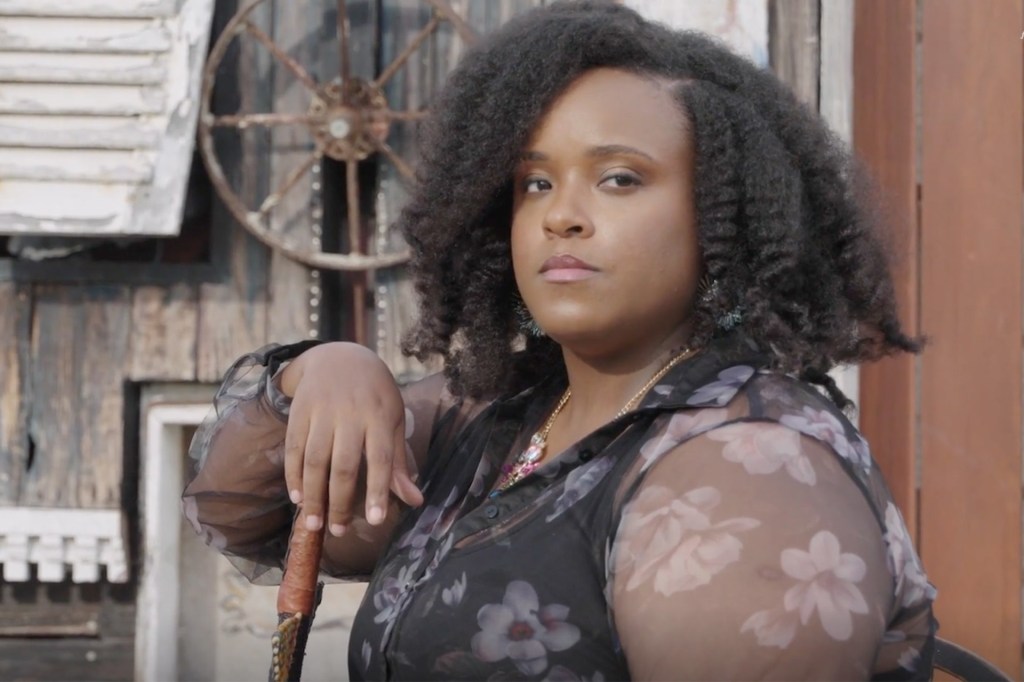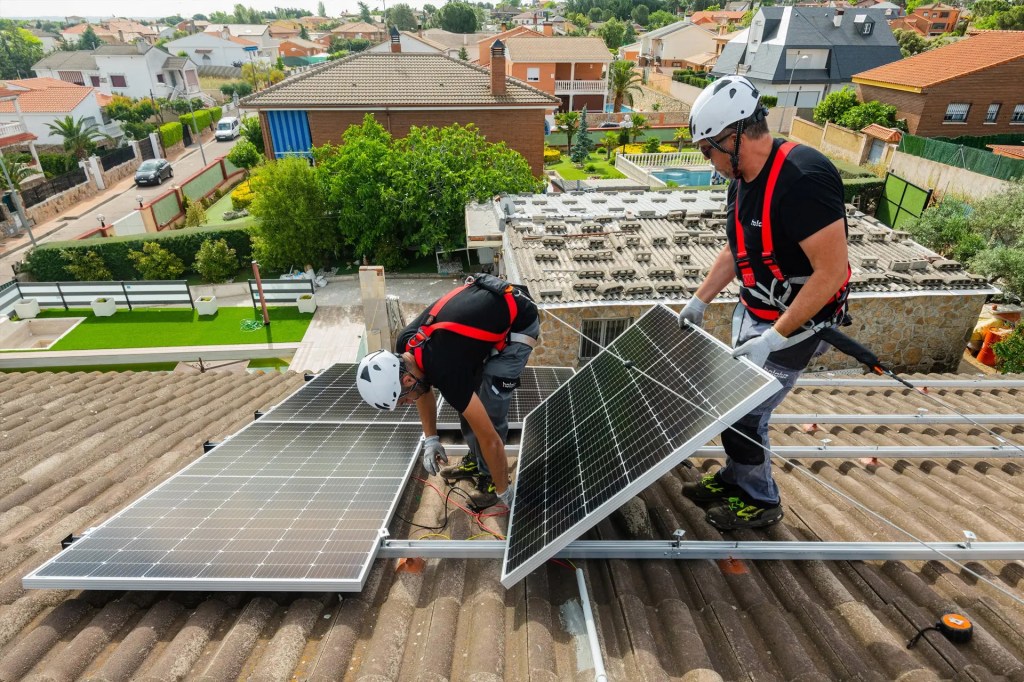Reef Relief?
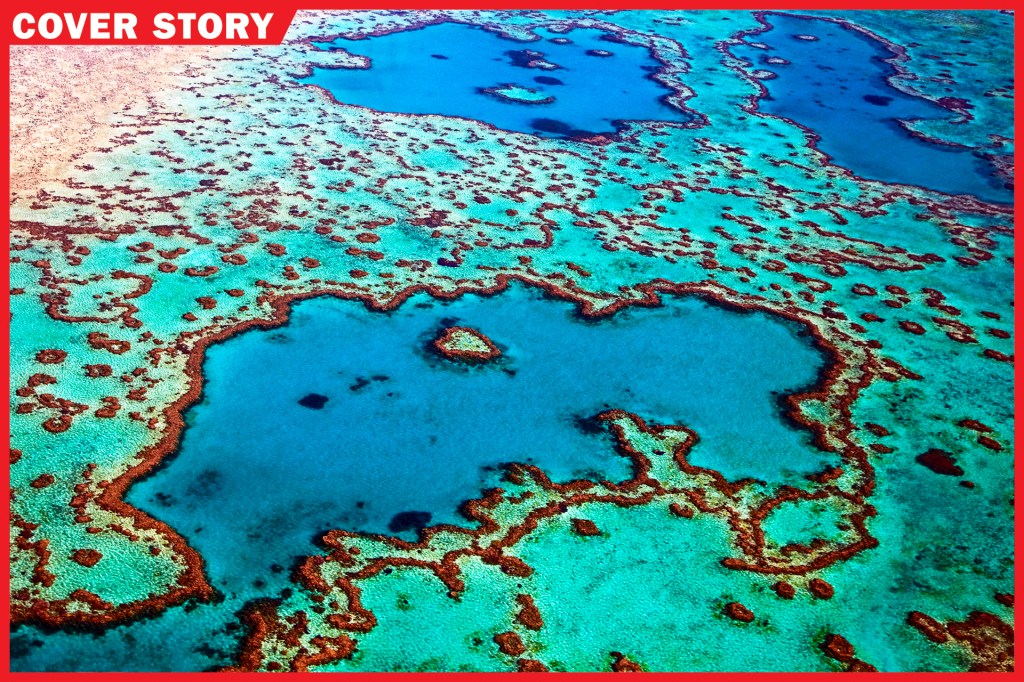
Tony Fontes is from California. He first went scuba diving at Australia’s Great Barrier Reef in 1979. Fontes was amazed by the experience. He decided to stay in Australia and work as a dive instructor. “The marine life and the quality of coral [were] unmatched,” he told TIME.
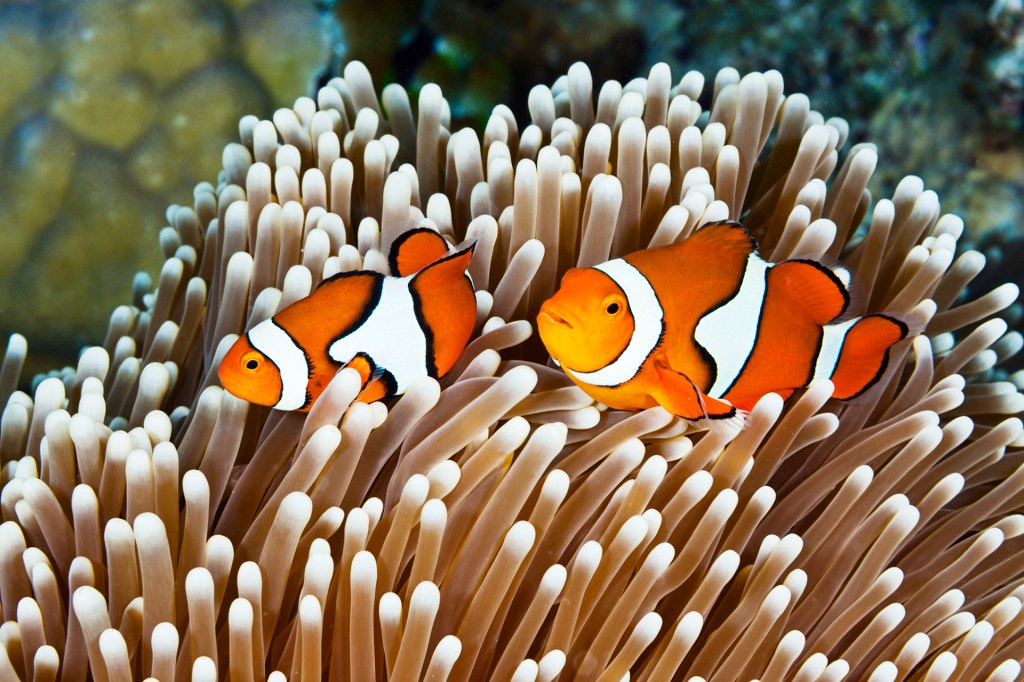
REEF LIFE These orange-and-white clown fish live among the corals of the Great Barrier Reef. So do many other ocean animals.
REINHARD DIRSCHERL—GETTY IMAGESOver the years, Fontes has seen the reef’s health decline. So he was disappointed on July 23. On that day, the United Nations Educational, Scientific, and Cultural Organization (UNESCO) made an announcement. It had decided to delay labeling the reef as “in danger.” This label would have given the reef “the kind of protection it needs,” Fontes says. Could the delay cost the Great Barrier Reef its future?
Behind the Decision
The Great Barrier Reef is the world’s largest coral reef ecosystem
ecosystem
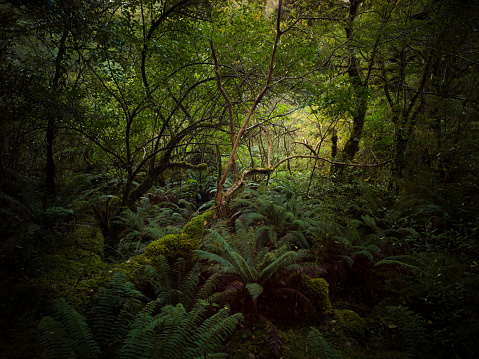 JAMESPHOTOGRAPHY.COM.AU—GETTY IMAGES
the living and nonliving things that make up an environment and affect one another
(noun)
The rainforest's ecosystem includes many unique plants and animals.
. It stretches for 1,430 miles along the northeast coast of Australia. It can be seen from space. The reef is a UNESCO World Heritage site (see “Around the World”).
JAMESPHOTOGRAPHY.COM.AU—GETTY IMAGES
the living and nonliving things that make up an environment and affect one another
(noun)
The rainforest's ecosystem includes many unique plants and animals.
. It stretches for 1,430 miles along the northeast coast of Australia. It can be seen from space. The reef is a UNESCO World Heritage site (see “Around the World”).
On June 21, UNESCO recommended that the reef be placed on a list of “in danger” World Heritage sites. UNESCO said climate change
climate change
 PAUL SOUDERS—GETTY IMAGES
changes in the Earth's weather patterns
(noun)
The sea ice that polar bears hunt from is melting due to climate change.
is a “serious threat” to the reef. But Australia’s government argued against the “in danger” label. The reef is one of the country’s top tourist spots. It attracts millions of visitors a year. That may change if the reef is listed as endangered.
PAUL SOUDERS—GETTY IMAGES
changes in the Earth's weather patterns
(noun)
The sea ice that polar bears hunt from is melting due to climate change.
is a “serious threat” to the reef. But Australia’s government argued against the “in danger” label. The reef is one of the country’s top tourist spots. It attracts millions of visitors a year. That may change if the reef is listed as endangered.
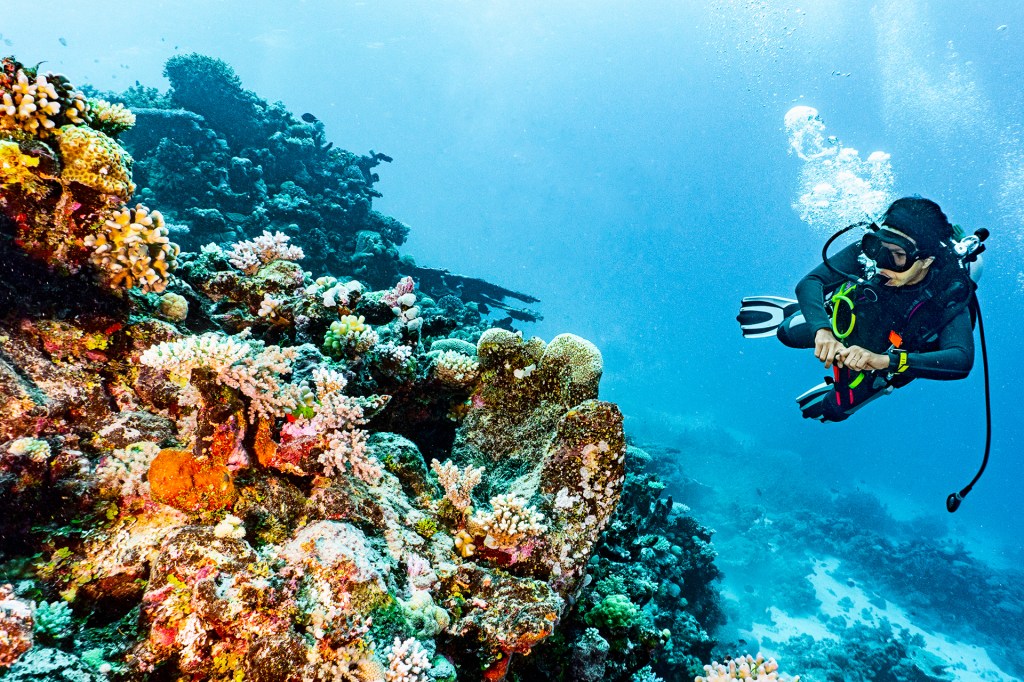
DIVE IN The colorful corals of the Great Barrier Reef attract scuba divers from around the world.
CAVAN IMAGES/GETTY IMAGESThe day after UNESCO’s announcement, Sussan Ley made a statement. Ley is a member of Australia’s government. She’s in charge of environmental issues. “This . . . recommendation has been made without examining the reef firsthand and without the latest information,” she said. Ley noted that the country was spending $3 billion Australian (about $2 billion United States) to protect the reef.
In response, UNESCO announced on July 23 that it would wait to make its decision. It asked Australia’s government to deliver a report on the reef. That report is expected by February 2022.
Climate Change Concerns
Environmentalists and scientists are worried about UNESCO’s delayed decision. Many have warned of the danger that climate change poses to the reef.
In 2020, researchers from the ARC Centre of Excellence for Coral Reef Studies, in Queensland, Australia, released a study. It found that from 1995 to 2017, the Great Barrier Reef had lost more than half of its corals. And there were three mass bleaching events from 2016 to 2020. (Bleaching happens when corals are stressed by changes in conditions. These include warming waters.)
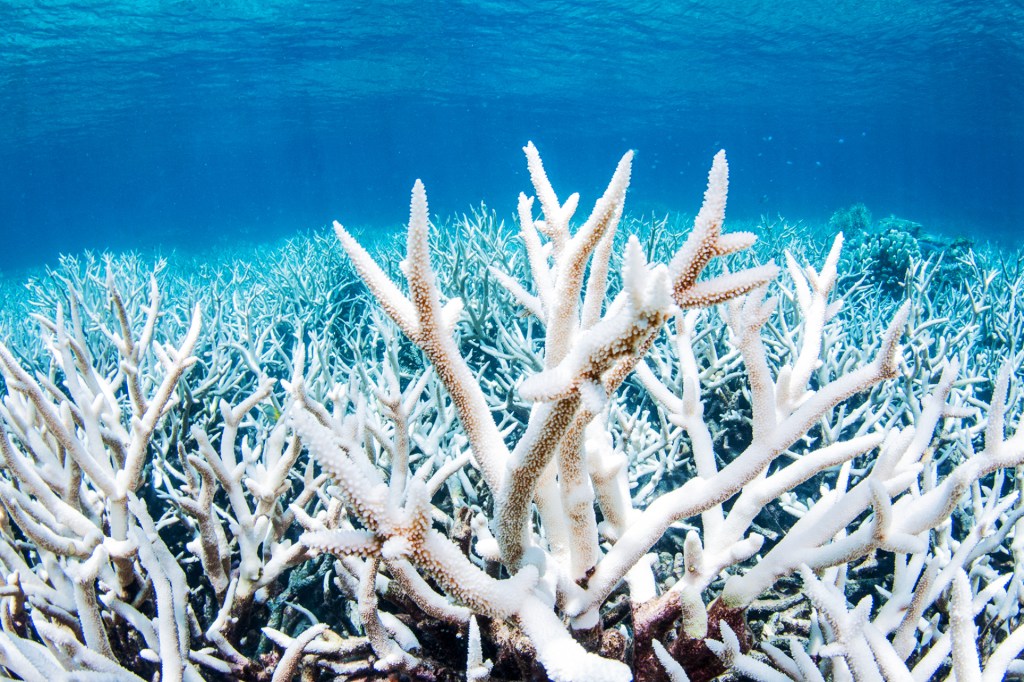
BLEACHED Corals get their color from algae that live on them. When oceans warm, the algae leave. The corals turn white and may die.
BRETT MONROE GARNER—GETTY IMAGESWith its report due early next year, Australia has to prove it’s willing to take action. Fontes hopes for the best. It’s “the most incredible reef,” he says. “But it’s in serious trouble.”
Around the World
The Great Barrier Reef is a World Heritage site. It is one of 1,154. UNESCO says a place must be “of outstanding universal value” to make the list. It must meet at least one of 10 criteria. These are natural, cultural, and historical reasons a site might be important. The Porticoes of Bologna (below) are in Italy. They were one of the sites UNESCO added in 2021. Being on the list attracts tourism. It also draws attention to places that are environmentally important.






